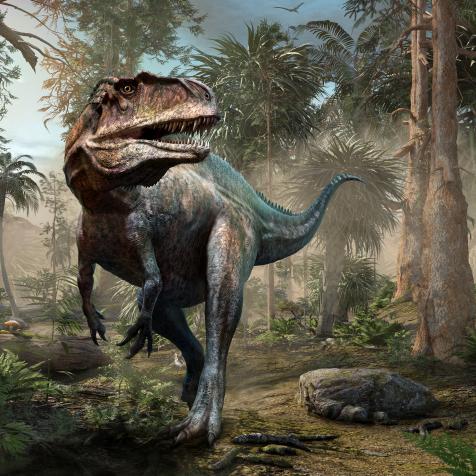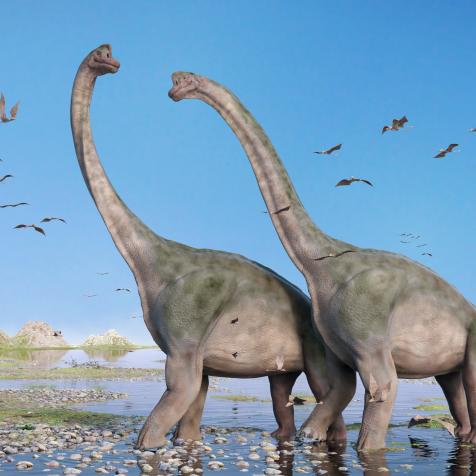
Abinav Manikantan
‘Bird Brain’ May Have Helped Birds Survive the Dinosaur Extinction
Recently, a fossil of an ancient bird skull was discovered, shedding light on how birds’ large brains may have helped them survive the dinosaur-killing asteroid.
A few million years before an asteroid wiped out all the dinosaurs on earth, known as the K-Pg extinction, an early bird called Ichthyornis flew through the skies. This animal resembled a small albatross with teeth, soaring over the heads of dinosaurs.
A recently discovered Ichthyornis fossil is helping scientists shed light on how birds outlived their dinosaur counterparts.
Ichthyornis are not part of the lucky lineage that survived the K-Pg extinction, but it's skull is the key to unlocking how its bird cousins made their way to the 21st century.

benoitb
Ichthyornis Victor Skeleton
Modern birds all possess the same trait - vastly expanded forebrains. Ichthyornis and other extinct dinosaur birds do not possess this trait - in fact their forebrains look rather modest, even tiny in comparison. The forebrains of modern birds are so enlarged that they spread above the optic lobes pushing the brain into an entirely different arrangement than their extinct cousins.
Why have birds’ history eluded scientists for so long? Bird skeletons are extremely brittle, and none of the prior Ichthyornis fossils found were preserved well enough for archaeologists to decipher details about their brain size and make up.
While there could be multiple factors that helped birds survive the K-Pg extinction, these new findings suggest their brains played a huge role in what gave them their evolutionary edge. Enlarged forebrains tend to be present in highly intelligent animals and signal an ability to perform high-level cognitive functions.

Mike Warburton Photography
Modern birds have larger forebrains than their prehistoric relatives.
Experts predict that birds with enlarged forebrains were able to adapt their behavior in response to the chaotic climate conditions caused by the asteroid and following K-Pg extinction.
"Because the ancestor of living birds already had that expanded forebrain, it was uniquely prepared to modify its own behavior in the face of these rapidly changing circumstances," said Christopher Torres, a paleo ornithologist.
Think about that the next time you call someone a birdbrain!


















